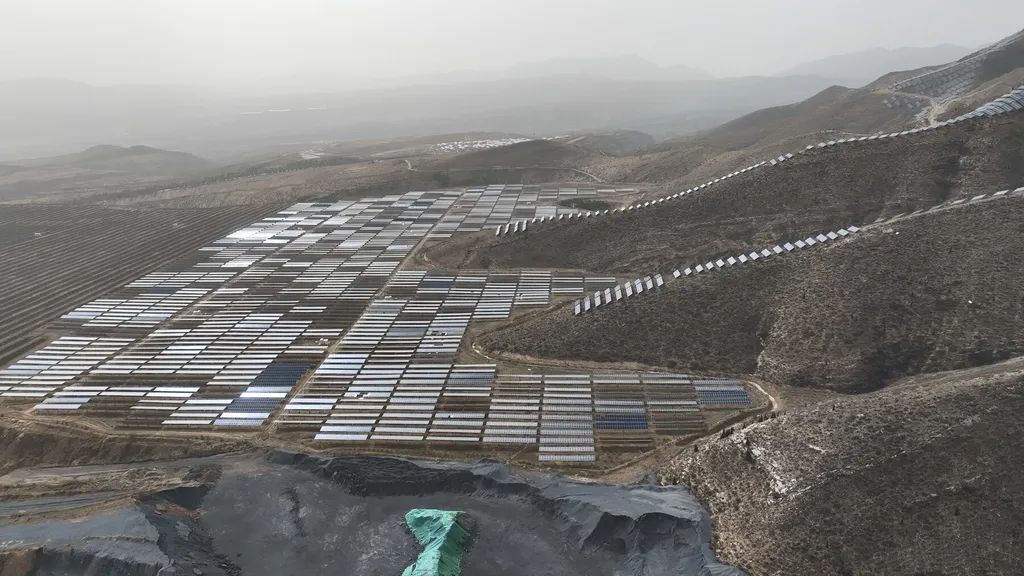In the pursuit of clean energy solutions, a significant stride has been made in China’s Gonghe Basin, nestled in the northeastern Qinghai-Tibet plateau. The Hot Dry Rock (HDR) exploration and production demonstration project, spearheaded by the China Geological Survey (CGS), has successfully completed two stages of power generation tests, marking a pivotal moment in the global quest for renewable energy sources.
Hot Dry Rock technology, a form of Enhanced Geothermal System (EGS), taps into the Earth’s natural heat to generate electricity. Unlike conventional geothermal systems that rely on natural steam or hot water reservoirs, HDR utilizes water injected into dry, hot rock formations to create a geothermal reservoir. This process involves drilling deep into the Earth’s crust, fracturing the rock, and circulating water to absorb heat, which is then converted into electricity.
The Gonghe HDR project, initiated in 2019, has overcome several technical challenges to achieve this milestone. Over the past four years, the project has successfully drilled two directional wells and one branch well, establishing a primary well group. The team has made notable progress in constructing the targeted reservoir, realizing inter-well connectivity, and implementing real-time micro-seismic monitoring.
“Our project has demonstrated the feasibility of HDR technology in generating electricity,” said Er-yong Zhang, lead author of the study and a researcher at the Center for Hydrogeology and Environmental Geology Survey, China Geological Survey. “This is a significant step forward in our quest for clean, renewable energy sources.”
The successful power generation tests in 2021 and 2022 have validated the closed-loop technical process of HDR exploration and production. However, the journey towards industrialization of HDR technology is fraught with challenges. Issues such as reservoir fracture network characterization, efficient drilling and completion, multiple fracturing treatment, continuous injection and production, and mitigation of induced seismicity remain to be addressed.
Despite these challenges, the Gonghe HDR project offers a glimpse into the future of geothermal energy. The technology’s potential to provide a stable, baseload power source could significantly contribute to the global energy decarbonization agenda. As the world grapples with the impacts of climate change, the need for clean, renewable energy sources has never been more pressing.
The research was published in the journal *Geology of China*, providing a platform for further discussion and collaboration in the field of geothermal energy. The insights gained from the Gonghe HDR project could shape future developments in HDR technology, paving the way for a more sustainable energy future.
As the energy sector continues to evolve, the Gonghe HDR project serves as a testament to the power of innovation and perseverance. The journey towards a clean energy future is fraught with challenges, but with each milestone achieved, we move one step closer to a more sustainable world.

